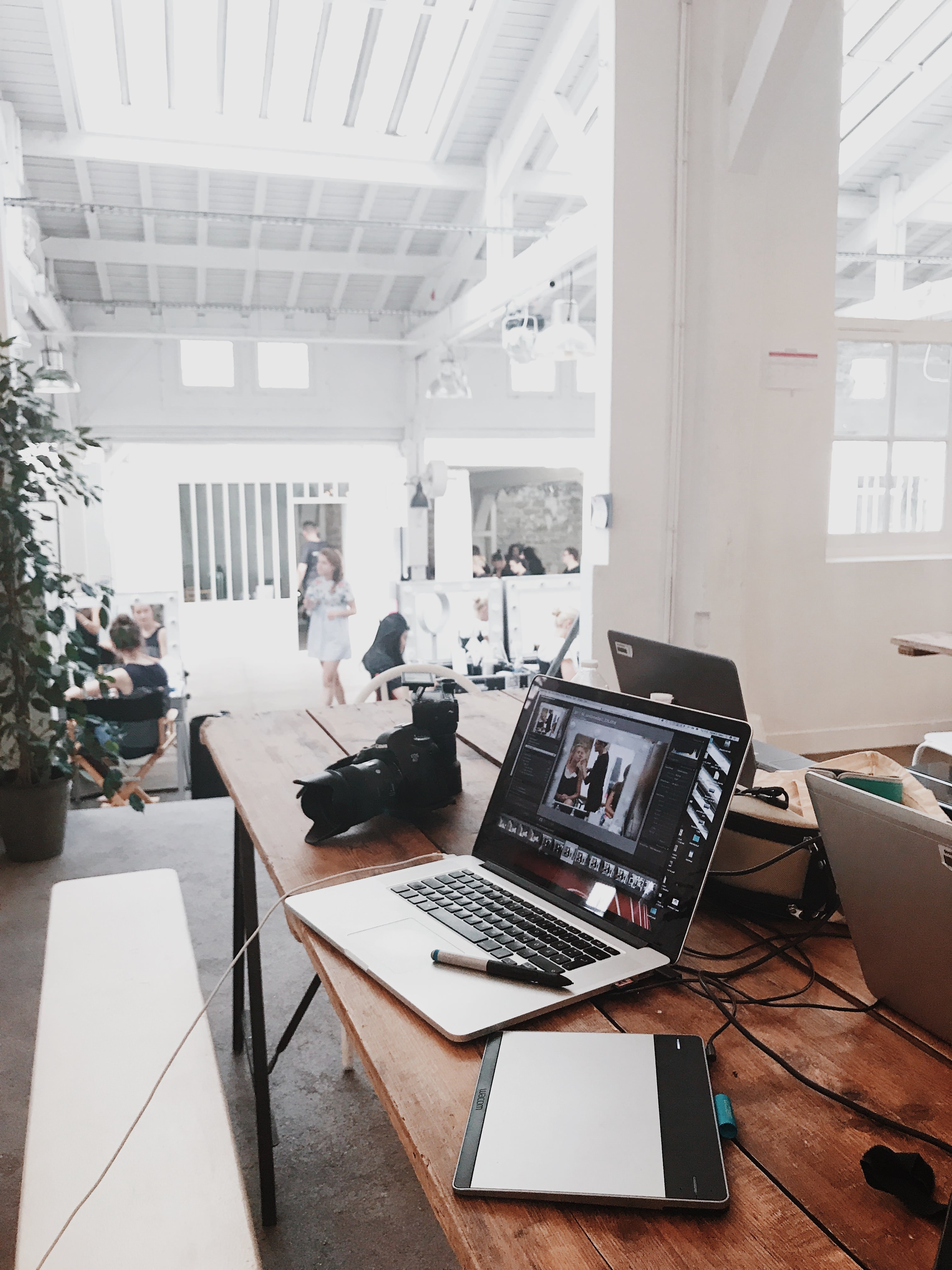Written by Albert Hermo
Many have dreamed of being their own boss, and who wouldn’t like setting their own rules as well as working hours? For those who find the idea of having flexibility appealing, the freelancing community has been steadily growing throughout the world. Statista, a business data platform, predicted that by 2028 this community will grow to have over 86 million professionals within the field. With such a large expected community, it’s become important to understand just what freelancing is, and how it operates in this digital age.
A freelancer is simply a person who works for themselves instead of a company. They do this by taking on contract work, where they are responsible for tracking time spent on projects, billing clients, as well as paying business taxes. Like many jobs, freelancing has many pros and cons associated with it. One major pro is having control over workload and clients. As a freelancer, you can decide how much work you get as well as when and where you do it. Flexibility in work is key, you’ll definitely have deadlines to meet, but you’re the boss who gets to decide how much work you’ll want to commit per day. However, as a boss, you also have the added responsibilities that come with such a role, one of these being management.
As a media professional, many essential programs and equipment require a subscription or payment, all of which you are responsible for. Furthermore managing tax, ensuring you’ve issued invoices, payments and health insurance are all additional duties that will add additional hours to working work. Another considerable challenge for freelancers is a feast of famine syndrome. For some months you may be preoccupied with many projects, and earn a steady income. However, other months may be slow, with only a handful of projects to work on – only to discover that you are not needed eventually. Freelancing requires good money management, as well as the constant sourcing of new clients with the greatest difficulty being the initial starting phase. This is difficult as it’s hard to grow and develop your skills as a first-time freelancer -without having much experience or connections compared to developed businesses.
All that being said, freelancing is almost unparalleled in job experience. In the US alone, 35% of the total workforce are freelancers. Having such a large percentage of freelancers results in a plethora of jobs that cater to many skills and experiences throughout the world. From photography, researching, writing, etc… freelancing has grown through the evolving concept of a “gig economy”. In fact, according to a 2017 study, the majority of freelancers in OECD countries (Organisation for Economic Co-operation and Development) were “Slashers” whose contract work supplemented their part-time or full-time position. Many commented on how this supplementary work helped them further branch out within their primary careers through added experience and industry contacts.

With such a growing work style an important question to ask is whether this is important or useful for me? The answer is absolutely, whether or not you yourself choose to freelance, knowing about this new workforce is essential for working competitively within the industry. With the rise of technology automation and unlimited potential of crowdsourcing, it stands to reason that more and more firms have begun running and employing considerably fewer employees than in the past. If you take a look at some of the most notable marketing companies in Brisbane, from Hatchet Agency and BFJ Media, with total employees under 10, you can already see that fewer employees are needed in notable companies. It doesn’t mean an end to permanent employment but instead a rise of freelancer positions. Freelancers already facilitate many co-management projects with large companies who choose to contract workers based on company needs instead of hiring more employees. In fact, Sean Dowling, a designer who gave a small lecture at QUT, commented on how small the project team was for Brisbane Festival, a recent project he had been working on. Sean stated that the industry had shifted from permanent employees and instead adopted a fluid employment structure where work was outsourced from freelancers and companies. In fact there were only 2 permanent employees, the rest of the 35 person team had been outsourced.
The rise of freelancing is a key indicator of how future employment may exist in the workforce. As it stands now the workplace is cluttered and it’s often hard to find work and experience, in its current form freelancing may be a healthy alternative to work experience. In the end, working as a freelancer is a choice, but is something that all professionals should keep an eye on as a serious alternative when searching for jobs.

